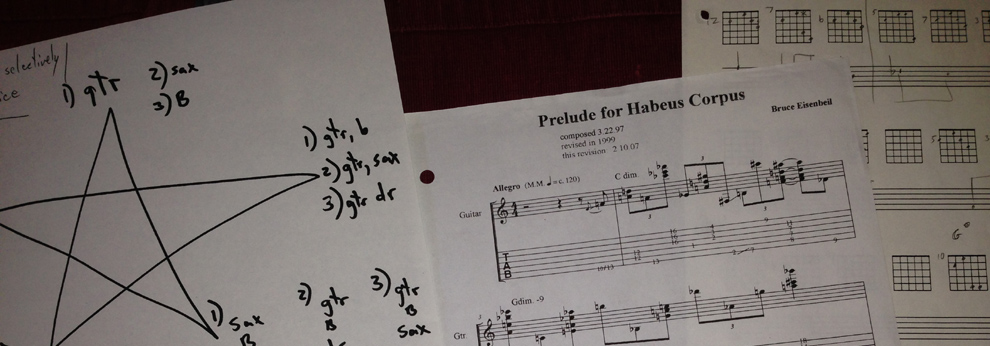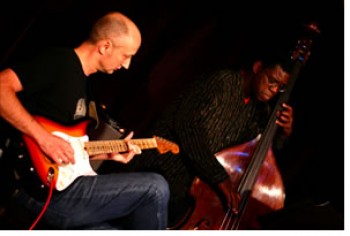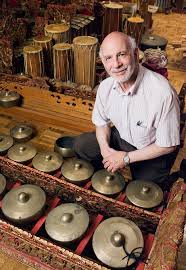“With the power of soul, anything is possible.” – Jimi Hendrix
This is the second of three papers in the heading, “Native American Perspectives in Music”. In an earlier blog entry you’ll find my first paper and some background info. In this essay we shall see that linking music with traditional and contemporary indigenous knowledge transforms human consciousness into the spiritual field. One point that is made explicit by almost every author in this anthology is that legends, dance, music and song texts weave traditional and contemporary knowledge to generate power and transform consciousness. Furthermore, with this transformation we learn that sound is a healing force. Finally, we shall see how the preservation of ecology is related to the preservation of culture.
Understanding Native American Music Across the USA (Part 2)
“The sound takes me there.”
~ Margaret Paul; Passamaquoddy Traditional Singer (Browner 2009: 60)
Native North American’s weave traditional and contemporary knowledge by linking music with legend and dance to transform human consciousness into the spiritual field. This review focuses on a book, a website and a recording to develop understanding about Native American music across the United States. Specifically, key points from the Introduction and Chapters 3-9 of an anthology of scholarly case studies, Tara Browner’s Music of the First Nations, will be explored. Additionally, this author will summarize three stories at the PBS website, Circle of Stories-Many Voices, and explain why this author selected them and what was found to be important. Finally, using a musical piece from the CD accompanying Beverley Diamond’s book, Music of The First Nations – Tradition and Innovation in Native North America, this author will explain this musical piece’s contribution to the understanding of Native American perspectives discussed in this paper...
Read More
























Social Profiles